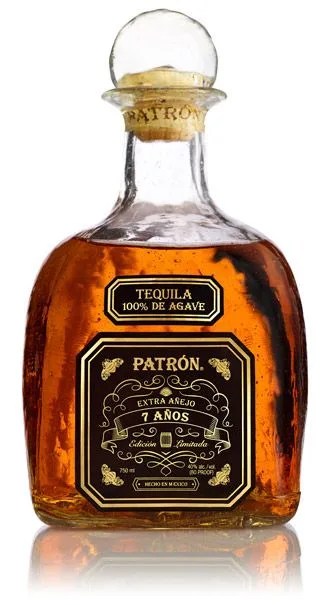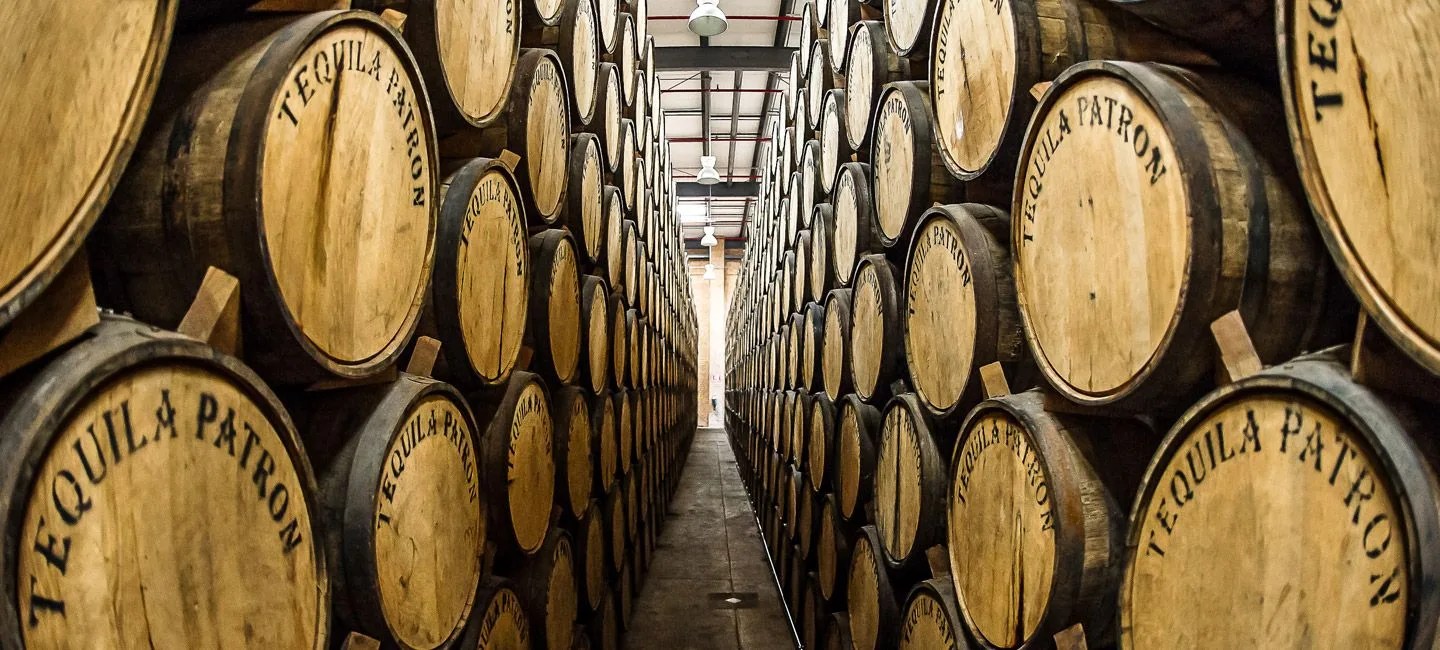“I used to drink mainly gin,” says Francisco Alcaraz, the sexagenarian master distiller and blender of Patrón Tequila. “Bombay. I had many good nights with gin.”
We’re sitting in the executive dining room at the Hacienda, Patrón’s sprawling head office and distillery in the hills of Jalisco, where the Blue Weber agave, tequila’s main ingredient, grows big and sweet and ripe for fermenting. Alcaraz, diminutive but distinctive with his mop of can’t-tell-if-it’s-real brown hair, has been quiet, picking at his plate of roast pork (filling up, though, on hot peppers delivered one by one from the kitchen at his request, eating them like carrots, without a hint of sweat). He’s reminiscing, as he’s wont to do, about his early days as a government tequila inspector, his courtship of his wife of more than 40 years, and his first travels outside his home country. Somehow — or maybe, obviously — this leads to a discussion of the relative drinkability of spirits. And funnily — or maybe, tellingly — tequila rarely factors.
Instead, Francisco enjoys telling us about his fondness for gin, or at least the fondness he once had, in another life — the life before Patrón, before getting old, before tequila and unthinkable money and private dining rooms with unlimited peppers. Now, he’s mellowed out, of course. Now, he prefers a quiet dram of Scotch in the evening, to ease the day’s stresses away.
That’s why he’s so proud of his special aged tequilas. He made his name on the base stuff, Patrón’s beloved Silver, the clear, young tequila that, while a definite step up from Cuervo or Sauza, still burns a bit on its way down. It’s supposed to. But the special aged tequilas are another story — his greatest professional accomplishments.

Thing is, tequila is a young drink. It’s been around for centuries, sure, but not so much in the popular North American diet. Patrón has only been around for three decades or so, and it’s only really been in the last 10 or 15 years that it’s forged its current identity, that of a “premium” spirit on par with single malts and fancy French vodka (here’s looking at you, Grey Goose). And of course, tequila is, most literally, a young drink. Once distilled, it’s effectively drinkable. Unlike other spirits, aging takes place over a matter of months, not years. The Reposado sits in French and American oak barrels for three months, the Añejo for just a year.
So while we liberally pour his special Añejo 7 Años, aged for seven years in French oak barrels — a preposterous experiment — Alcaraz looks on almost anxiously, as if to say, Don’t waste it. Enjoy it, drink it, but know that it’s a rare and special breed. And so it is.
